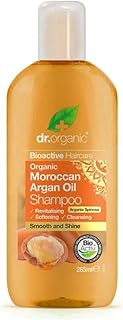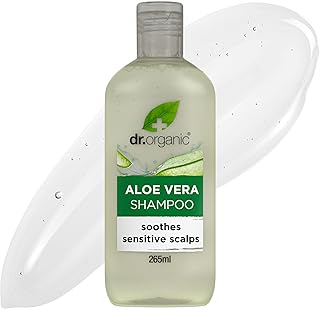When it comes to personal care products, it’s crucial to be mindful of the chemicals they contain. Many everyday items like lotions and shampoos may harbor harmful ingredients that could impact your health in the long run. From hormone disruptors like phthalates and parabens to known carcinogens like formaldehyde, the potential risks are real. Even trace amounts of contaminants like 1,4 dioxane can pose health concerns.
Emily Barrett, an epidemiologist, emphasizes the challenge of linking chemical exposure to health outcomes, as the effects may not manifest immediately. Over time, however, these exposures can accumulate, potentially leading to serious health issues. Hence, it’s prudent to limit the use of personal care products containing questionable ingredients and opt for safer alternatives.
While the FDA has the authority to regulate cosmetic chemicals, the process is arduous, resulting in a limited list of banned or restricted substances. This leaves consumers responsible for scrutinizing product labels for harmful components. Parabens are usually easy to spot in ingredient lists, but other chemicals like phthalates may be disguised under different names.
“Fragrance” is a particularly vague term that can encompass numerous undisclosed chemicals, posing a challenge for consumers seeking transparency. Melanie Benesh from the Environmental Working Group highlights the secrecy surrounding fragrance compositions and the potential risks associated with undisclosed ingredients like phthalates.
Reducing the number of personal care products used daily can be a simple yet effective strategy to minimize chemical exposure. Research indicates that individuals, particularly women, tend to use a multitude of products regularly, prompting a reevaluation of essential versus non-essential items in their routine.
Conducting a thorough audit of your beauty and hygiene regimen can help identify products that can be replaced with safer alternatives. It’s essential to look for labels indicating products are free of harmful substances like phthalates and parabens. However, not all natural-sounding products are necessarily safe, so understanding ingredient lists is crucial.
Transitioning to cleaner products doesn’t have to be an immediate overhaul. Experts recommend making gradual swaps as products are depleted, easing the transition to a healthier personal care routine. Consider incorporating products made from edible ingredients like avocado and coconut oil for a more natural approach to skincare.
Ultimately, being proactive about the personal care products you use can have a significant impact on your long-term health. By opting for paraben-free and phthalate-free alternatives, you can make informed choices that prioritize your well-being. Remember, small changes can lead to significant health benefits over time.
📰 Related Articles
- Health Risks in Feminine Care Products Spark Safety Concerns
- Why Dermatologists Love La Roche-Posay Beauty Products for Skin Health
- Why Choose Natural Beauty Products like Clinique’s Foundation for Radiant Skin?
- U.S. Health Care Spending Soars in 2023, Outpacing GDP
- Top 10 Health Care Innovations Revolutionizing the Industry






